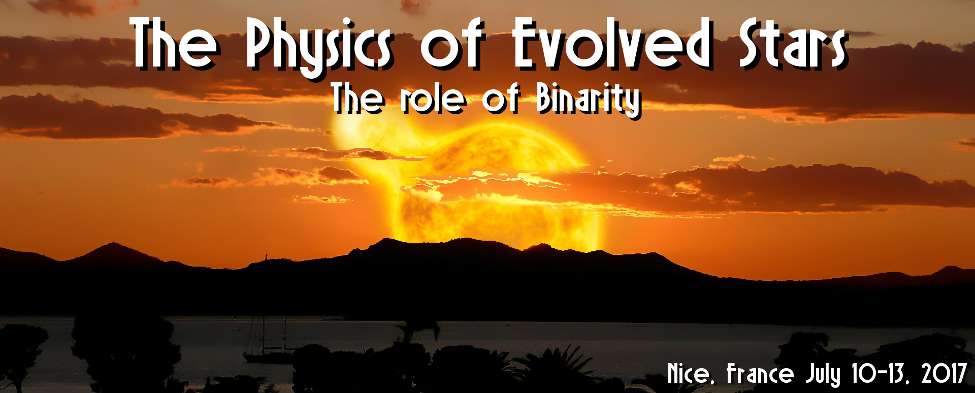The spectra of the evolved B[e] supergiants (sgB[e]s) are characterised by relatively broad, high excitation lines in combination with the narrow, low excitation line and a strong infrared excess due to hot dust. The explanation for this hybrid spectrum invokes a low density, fast polar wind and a much denser, slowly expanding torus in which dust forms. The formative agent of this torus is a topic of active research. There is growing support for the idea that sgB[e] stars represent either interacting or newly formed, post- interaction binary systems. In this scenario, the tori are ejected in a common envelope phase of close binary evolution. A number of sgB[e] stars are X-ray overluminous for single stars (i.e., L_X > 10^(−7) L_bol). Again, binarity is invoked to explain this. The recent association of Ultra Luminous X-ray source Holmberg II X-1 with a sgB[e] star only highlights the need for further study of sgB[e] stars. In this talk I will discuss the nature of the known X-ray bright sgB[e] stars and discuss some recent results from multiwavelength studies.

|
|
|
|
On the Nature of the X-ray Bright Supergiant B[e] stars
2 : The Open University
The Open University, Walton Hall, Milton Keynes, Buckinghamshire. MK7 6AA. UK. -
United Kingdom
3 : Universidad de Alicante
(UA)
-
Website
University of Alicante
P.O. Box 99
E03080 Alicante -
Spain
4 : European Southern Observatory
(ESO)
|
| Online user: 1 | RSS Feed |

|
 PDF version
PDF version